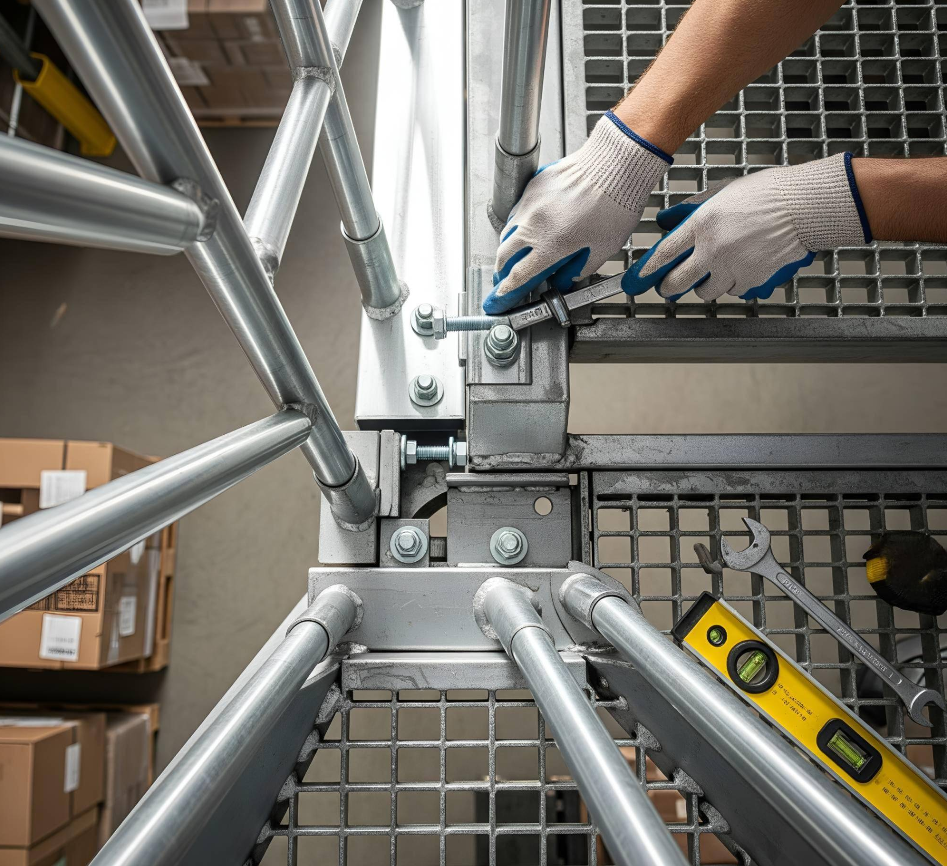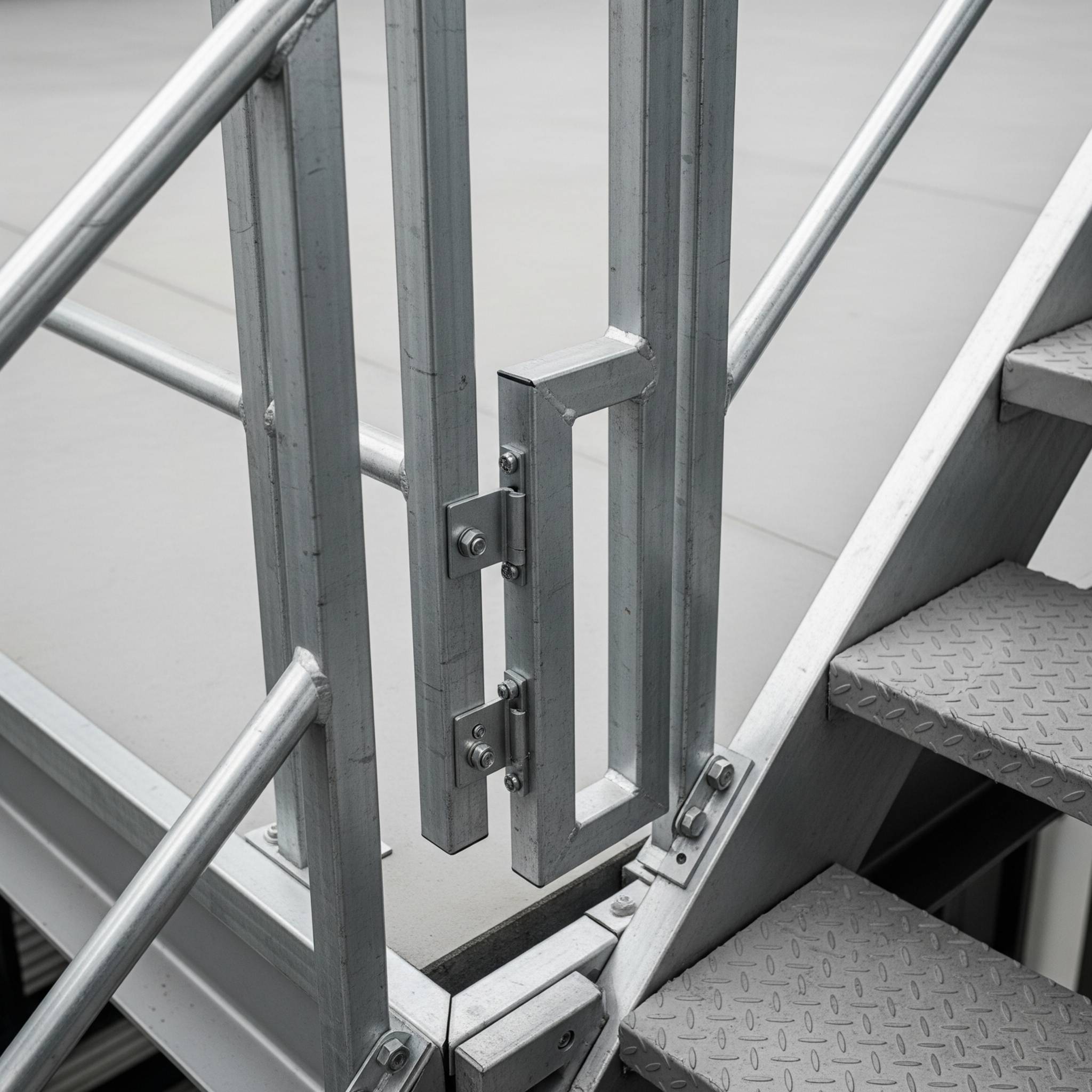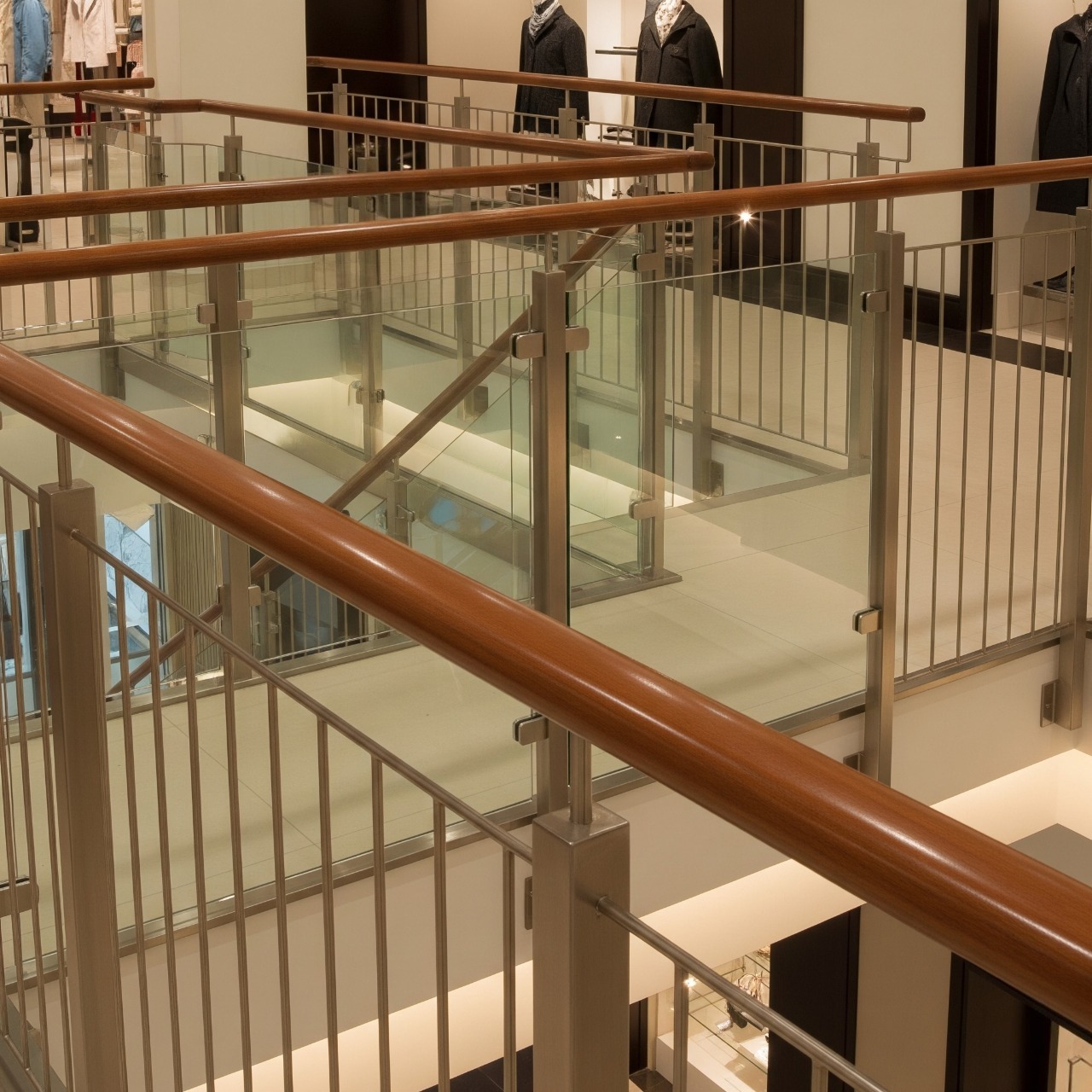How to Extend the Life of Your Mezzanine: Safety & Upkeep Guide

Mezzanine floors are an excellent solution for maximising space in offices, retail shops, commercial buildings, production facilities, warehouses, and industrial settings. Whether your mezzanine serves as additional storage, a production area, or office space, regular maintenance is essential to ensure its longevity, safety, and compliance with UK regulations. In this guide, we’ll provide practical steps to extend the life of your mezzanine, focusing on safety checks, maintenance routines, and the role of key components like handrails, stairways, pallet gates, balustrades, and floor fire protection. By following these tips, you can keep your mezzanine in top condition, reduce repair costs, and maintain a safe environment for all users.
Why Mezzanine Maintenance Matters
A well-maintained mezzanine not only lasts longer but also prevents costly accidents and downtime. Regular upkeep ensures compliance with UK safety standards (such as those outlined in the Building Regulations 2010 or HSE guidelines), protects your investment, and maintains functionality across various applications—whether it’s a tiered warehouse setup, a retail display area, or an industrial production platform. Neglecting maintenance can lead to structural issues, safety hazards, or regulatory penalties. Let’s explore actionable steps to keep your mezzanine in peak condition.
1. Conduct Regular Safety Inspections
Routine inspections are the foundation of mezzanine longevity. By identifying issues early, you can address them before they become major problems. Here’s how to approach inspections:
- Check Structural Integrity: Inspect the mezzanine’s framework, including columns, beams, and decking, for signs of wear, corrosion, or damage. Pay special attention to high-traffic areas like stairways and pallet gates in warehouse or industrial settings.
- Examine Handrails and Balustrades: Ensure handrails and balustrades are secure, free of rust, and meet height requirements.Loose or damaged handrails in office or retail mezzanines can pose significant risks.
- Inspect Pallet Gates: In warehouse or production environments, ensure pallet gates operate smoothly and lock securely to prevent falls during material handling.
- Assess Floor Fire Protection: Check fire-resistant coatings or materials on the mezzanine floor for cracks or wear, especially in high-risk areas like production or storage spaces. Ensure compliance with UK fire safety standards
- Frequency: Conduct monthly visual checks and a thorough annual inspection by a qualified professional.
2. Maintain Stairways for Safe Access
Stairways are critical for safe access to mezzanine levels, particularly in office, retail, or commercial spaces. Regular maintenance ensures they remain safe and functional:
- Clean and Clear: Keep stairways free of debris, spills, or obstructions. In retail settings, maintain aesthetic appeal by polishing handrails and balustrades regularly.
- Check for Wear: Inspect treads, risers, and fixings for signs of damage or loosening. For industrial mezzanines, ensure heavy-duty stairways can handle high traffic and loads.
- Lubricate Moving Parts: If your mezzanine uses modular or adjustable stairways, lubricate hinges or joints to prevent stiffness and ensure smooth operation.
3. Ensure Pallet Gates Function Properly
Pallet gates are essential for safe material handling in warehouse-storage or production mezzanines. Proper maintenance prevents accidents and extends their lifespan:
- Test Mechanisms: Regularly test swing or sliding pallet gates to ensure they open and close smoothly. Check for misalignment or wear in hinges and tracks.
- Inspect Load Capacity: Ensure gates can handle the weight of materials typically moved through them, aligning with your mezzanine’s dynamic load capacity.
- Clean and Lubricate: Remove dust or debris from gate mechanisms and lubricate moving parts to prevent jamming, especially in dusty industrial environments.
4. Monitor Load Capacity and Usage
Exceeding your mezzanine’s static or dynamic load capacity can cause structural damage. Proper monitoring prevents overloading and extends lifespan:
- Know Your Limits: Review your mezzanine’s load capacity (static for fixed equipment, dynamic for moving loads). For example, warehouse mezzanines often require higher capacities for heavy inventory.
- Distribute Loads Evenly: Avoid concentrating heavy equipment or materials in one area, especially in tiered or industrial setups.
- Regular Checks: Use load sensors (if installed) or manual inspections to ensure compliance with capacity limits. Update signage to reflect load restrictions.
- Adjust for Changes: If your space use changes (e.g., from office to storage), reassess load capacity with a structural engineer.
5. Schedule Professional Maintenance
While DIY checks are valuable, professional maintenance ensures thorough care, especially for complex setups like tiered or industrial mezzanines:
- Annual Inspections: Hire a structural engineer or mezzanine specialist to assess the entire system, including handrails, stairways, and fire protection.
- Specialised Repairs: Address issues like damaged balustrades or pallet gates with certified professionals to maintain safety standards.
6. Train Staff on Safe Mezzanine Use
Proper staff training reduces wear and tear while enhancing safety, especially in high-traffic environments like warehouses or production facilities:
- Safe Navigation: Train employees on using stairways and pallet gates correctly, emphasising handrail use and proper loading techniques.
- Load Management: Educate staff on load capacity limits to prevent overloading, particularly in storage-heavy mezzanines.
- Emergency Procedures: Ensure staff know fire evacuation routes and the role of floor fire protection in emergencies.
Ready to take your mezzanine maintenance to the next level? Contact our team for a tailored consultation.




